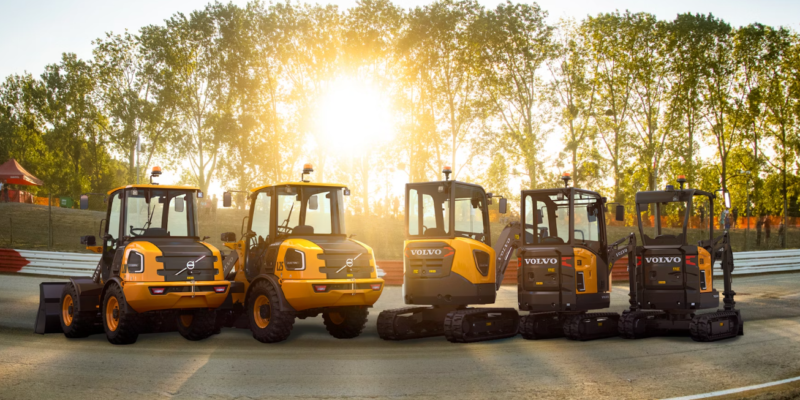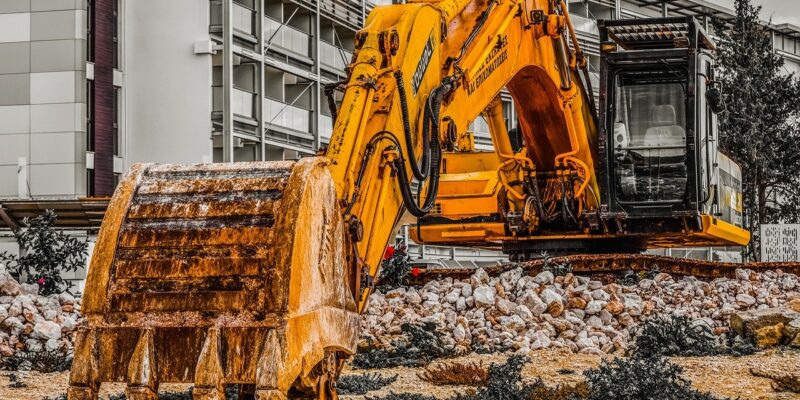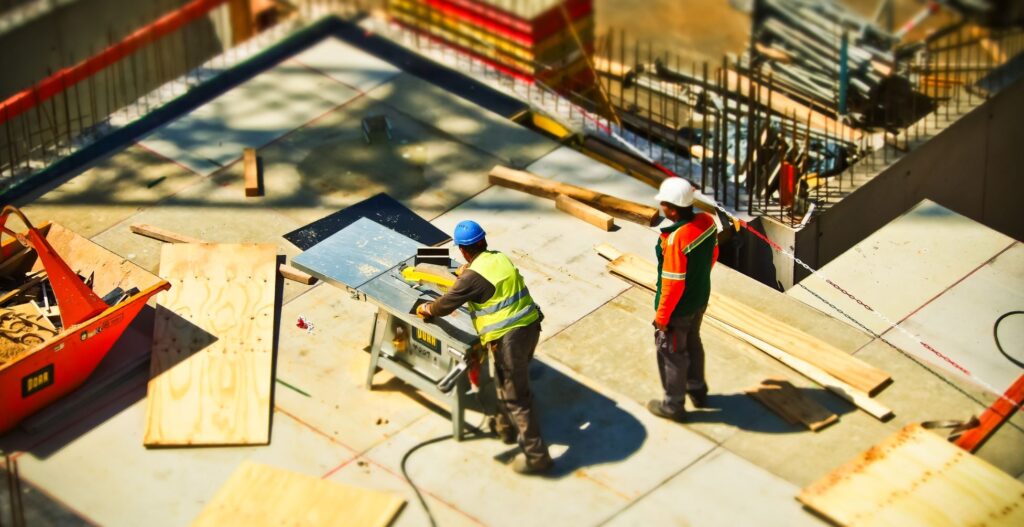We’ve noticed a strong shift towards battery-powered technology in heavy machinery in recent years. From excavators to loaders to scissor lifts, brands like JCB, Takeuchi, Toro, Bobcat, and more are introducing new lines of battery-powered heavy equipment.
In today’s blog, we’ll explore the benefits of using these machines, and how they compare to their gas-powered counterparts.
Benefits of Battery-Powered Machinery
Environmental Sustainability
Battery-powered equipment significantly reduces greenhouse gas emissions and air pollution compared to traditional gas-powered machinery. By eliminating the need for fossil fuels, these machines contribute to cleaner air, a reduced carbon footprint, and a healthier environment.
Reduced Noise Pollution
Battery-powered machinery operates quietly compared to their gas-powered counterparts, offering a safer working environment for operators and nearby residents. This reduction in noise pollution is particularly beneficial for construction sites in urban areas or in sensitive environments where minimizing disturbances is crucial.
Lower Operating Costs
While the initial investment in battery-powered equipment may be higher, the long-term operating costs are typically lower. Electric motors are more energy-efficient than internal combustion engines, resulting in savings on fuel and maintenance expenses. Additionally, as renewable energy sources become more prevalent, the cost of electricity for charging batteries is expected to decrease further.
Enhanced Performance and Control
Battery-powered machinery often delivers smoother and more precise performance compared to gas-powered vehicles. Electric motors provide instant torque, enabling quicker acceleration and better control, especially in demanding applications such as lifting and hauling heavy loads. This translates to improved productivity and efficiency on job sites.
Flexibility and Versatility
Battery-powered technology offers greater flexibility in terms of where and how equipment can be used. Unlike gas-powered machinery, which requires refueling infrastructure, battery-powered equipment can be recharged at various locations, including on-site charging stations or renewable energy sources such as solar panels. This versatility makes them suitable for a wide range of applications and environments.
Comparison to Gas-Powered Vehicles
Emissions
Battery-powered machinery produces zero tailpipe emissions, whereas gas-powered vehicles emit pollutants such as carbon dioxide, nitrogen oxides, and particulate matter. This difference in emissions has significant implications for air quality and public health, making battery-powered equipment a more environmentally friendly choice.
Noise
Gas-powered vehicles generate noise from combustion engines, whereas battery-powered machinery operates quietly, reducing noise pollution in work environments and surrounding communities. This can lead to improved worker satisfaction and less disruption to nearby residents, particularly in urban areas.
Operating Costs
We’ve already mentioned the lower operating costs over the equipment’s lifetime that make battery-powered machinery a most cost effective choice (despite a higher upfront cost). But factors such as fuel savings, reduced maintenance requirements, and potential incentives for using clean technology contribute to the overall cost-effectiveness of this machinery, saving you money in the long run.
Performance
Battery-powered machinery offers comparable or even superior performance to gas-powered vehicles in terms of torque, acceleration, and control, and electric motors provide instant torque, resulting in smoother operation and faster response times. Additionally, advancements in battery technology continue to improve the power and efficiency of electric equipment.
With benefits such as environmental sustainability, reduced operating costs, and enhanced performance, battery-powered equipment is poised to play a central role in shaping the future of construction, mining, and other heavy industries.
As the industry continues to embrace innovation and sustainability, battery-powered machinery represents a promising pathway towards a greener and more efficient future. And you know Steadfast Entities, LLC, wants you to be a part of that future!
Contact us today about our heavy equipment rental opportunities, and how we can help you find the best machine to get your job done right.




